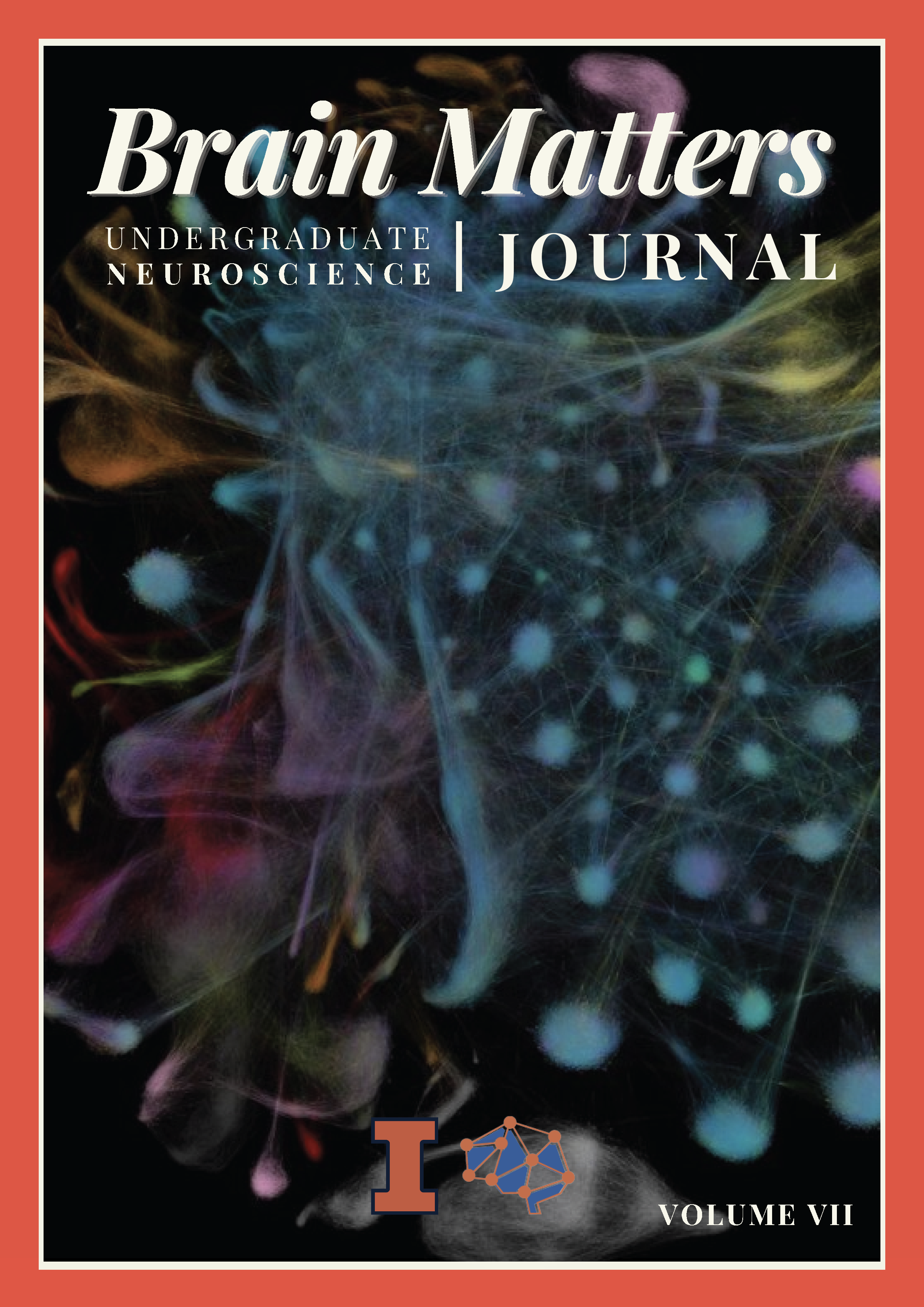Unraveling the Links Between Synesthesia and Autism
Main Article Content
Abstract
While synesthesia and autism may not appear to be related at the surface level, they share common features such as hypersensitivity and enhanced perception, increased attention to detail, and atypical neural connectivity. Synesthesia was found to be more common in autism and oddly not schizophrenia, another disorder of altered perception; however, this increased prevalence does not generalize to all forms of synesthesia and autism, and studies suggest that synesthesia is more common when autism co-occurs with savant skills. Although more research needs to be conducted on whether there is a biological link, similarities between the two conditions could be explained by similar underlying neural mechanisms. As synesthesia and autism share similar theoretical models in terms of hyperexcitability and perception of the world, there may be a link between the two that makes them often co-occur.
Article Details

This work is licensed under a Creative Commons Attribution-NonCommercial-ShareAlike 4.0 International License.

